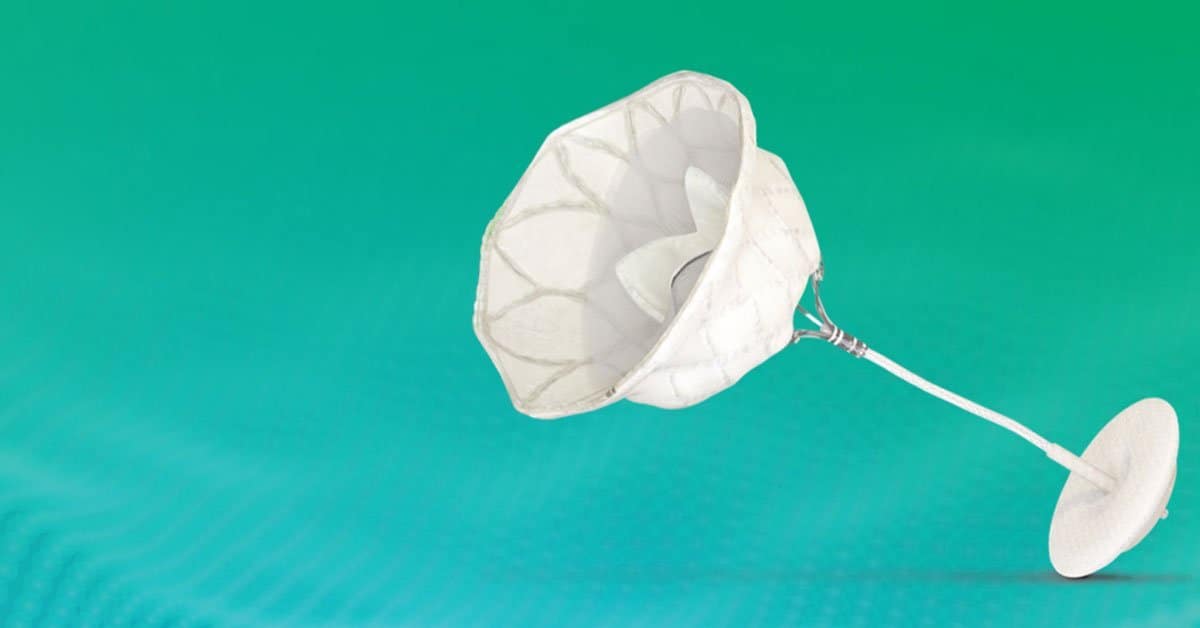New research in JAMA highlighted the rapid growth of private equity-backed cardiology practice acquisitions, while revealing some interesting geographic factors driving this growth.
The PE acquisition trend started slowly, with just one PE-backed acquisition of a seven-location cardiology practice in 2019, followed by an acquisition of another small practice in 2020.
- Subsequent years brought more and larger acquisitions, culminating in 2023 when PE platforms acquired 35 practices with roughly 220 combined locations.
- All together, PE firms acquired 50 practices with 320 locations between 2019 and 2023.

This run of cardiology practice acquisitions spanned 22 states, but largely targeted practices in Florida (80), Texas (76), and Arizona (29) due to those states’ size, demographics (e.g older patients), and regulatory environments (e.g. rules for opening new ASCs).
- In fact, there’s now seven states where PE-acquired practices account for more than 10% of all cardiology practices, including Rhode Island (13 of 35), Nevada (14 of 53), Louisiana (21 of 89), Arizona (29 of 165), Oklahoma (13 of 82), Texas (76 of 675), and Florida (80 of 798).
- Those geographic trends were largely driven by the two largest PE-backed platforms – Cardiovascular Associates of America and US Heart & Vascular – which operate all PE practices in seven states (AZ, GA, IA, KS, NJ, RI, SC) and over 60% of PE-acquired practices in Florida, Georgia, and Texas.

Despite PE’s momentum, these acquisitions represent just 3.9% of cardiology practice locations in the US (330 of 8,223), and there’s reason to believe that 2023’s acquisition pace might not continue going forward.
- So far in 2024 we’ve only identified four PE acquisitions, with three from CVAUSA, and just one by Cardiovascular Logistics… although it’s likely that other unannounced acquisitions happened this year.
- Additionally, many cardiology practices have already consolidated into hospital or corporate-owned groups, leaving just 10k of the US’ 33k cardiologists within independent practices (80% of them working in practices with under 10 physicians).
That creates a very different acquisition environment than seen with specialties that underwent major private equity consolidations (e.g. radiology or dermatology), and will likely force PE platforms to target both private and hospital-employed groups.
The Takeaway
Private equity’s massive expansion across US healthcare largely skipped cardiology before 2021, but recent trends suggest that PE will have a much greater influence within cardiology going forward — especially in PE-friendly states.






